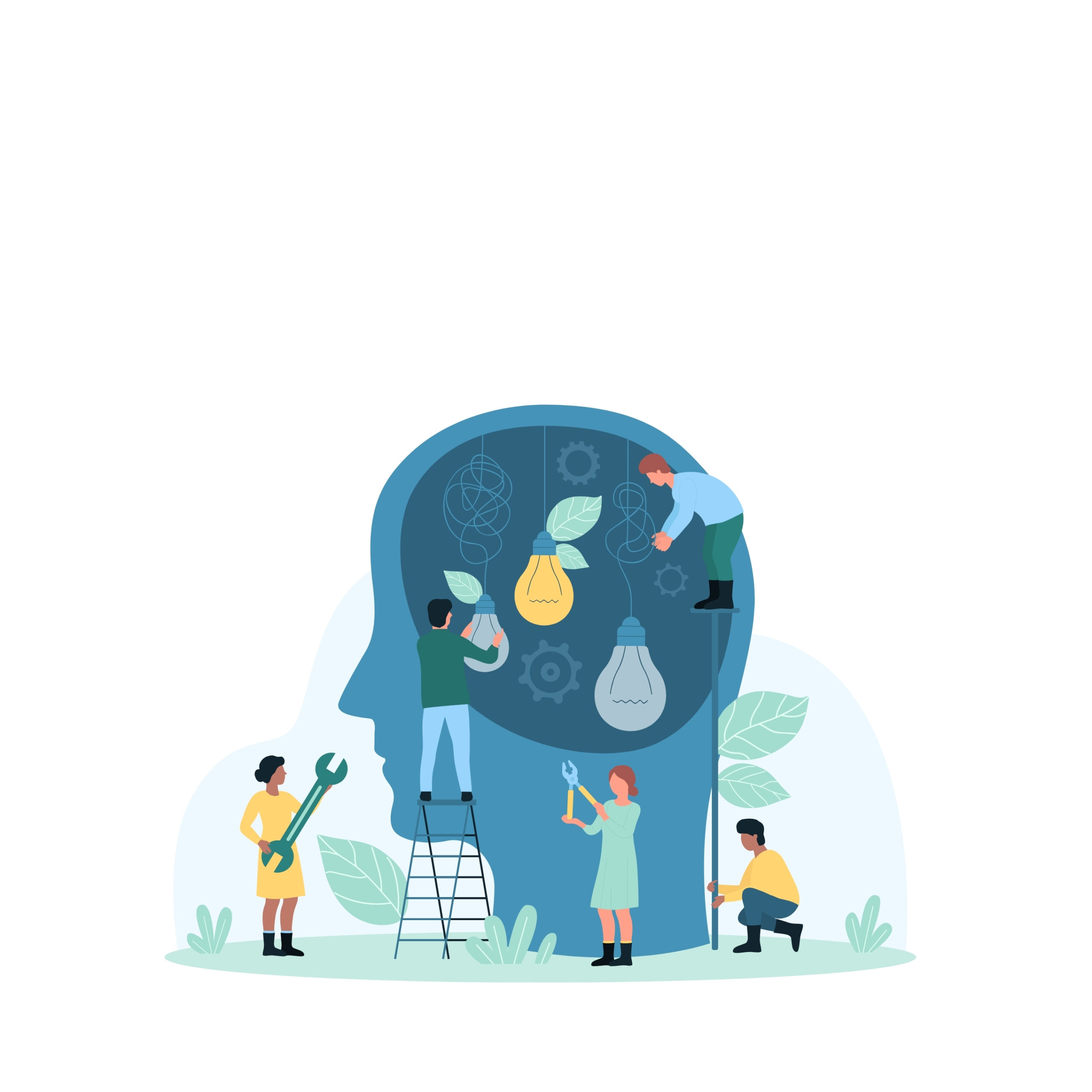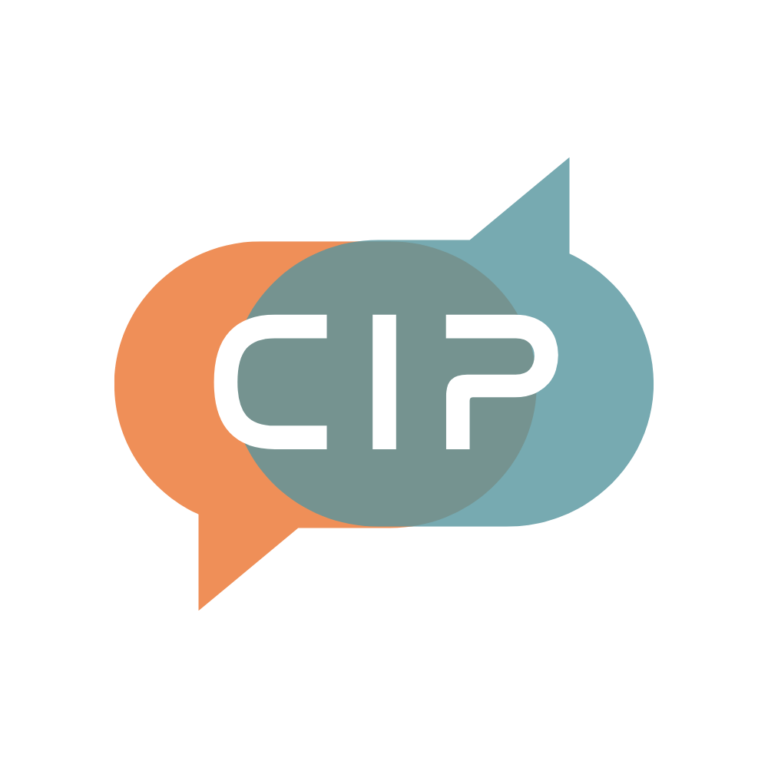2DevelopCreativity

Creativity plays an essential role in both cultural innovation and entrepreneurship. Creativity drives the development of new or existing products or services, creating value. Inspires new approaches and fresh ideas, enables a better adaptation, and helps to find or create opportunities.
In the cultural domain creativity is a driving force for development. It can celebrate diversity, foster understanding, and allows individuals to express their unique identities. Through art, literature, music, and traditions, creativity enriches collective cultural experiences.
Creativity can be developed and nurtured by different processes: increasing curiosity, lateral thinking, and creative habits. There are also some techniques that can be used to generate and select ideas, like the brainstorming, brain writing, brain design, drawing mind maps. The active development of a creative mind may generate new habits and help to solve problems.
- The Nutshell
- What it means for
-
Module Videos
- Our Innopreneur’s Story
- Activities
- Resources
- Graham Wallas and Max Wetheimer (5 stages)
- James Kaufman and Beghetto (4 Cs)
- DeGraff and Lawrence (4i profiles)
- Creativity expressions (Outside the box, Eureka moment, Serendipity)
- Tools to develop creativity (brainstorm, brain design, brain writing, mind maps, lateral thinking, analogies, SCAMPER).
- Proposed challenges.
Artists are generally known for creativity and innovation in their work, but there are also sometimes when some creative block is reported. These techniques to develop creativity can help in overcoming these blocks and contribute for a better artist development.
Potential Applications:
This reflections about creativity and the presentation of creative development techniques may be used by artists to search for new paths in their art development or to overcome some creative block moment. By themselves as individuals or in small groups these reflections and techniques can be applied with a good probability of success.
Entrepreneurs are generally known by the ability to change ideas into business. The development of their creativity and the creativity of their collaborators is essential to adapt the business to environment changes, to modernize the business or even to generate new business opportunities.
Potential Application:
This reflections about creativity and creative development techniques may be use by entrepreneurs to generate new ideas to improve processes or to create new products. By themselves as individuals or with their collaborators in small groups. These reflections and techniques can be applied with a good probability of success.
This reflection about creativity can be considered an introduction to the theme, depending on the level of the trainer and facilitator this may not bring great novelty, nevertheless it introduces some models of creativity, has a reflection about creative profiles and mentions some creativity development tools.
Potential Applications:
The trainer and facilitator may refresh the knowledge about creativity models with the presented examples, following the challenges, may even discover and reflect about the creative profile and discover some examples of tools to develop creativity. These tools are not extensively presented, and a good exercise would be also to search and try for some of them in a concrete scenario.
Develop an Art Gallery
by Roberto, a learner
Roberto went for a continuous development course in Nieuw-West Amsterdam, in a green neighbourhood by the beautiful Sloterplas Lake and the Rembrandt Park.
He learned something more about creativity, innovation, and design thinking with an international group of colleagues that meet in the storytelling association.
A problem was presented as challenge to the team: Further develop a local Art Gallery with sustainability.
Design thinking was used to present ideas and solve the challenge. A visit to the gallery was organized and the gallery curator presented the challenge, the difficulties, and the hopes, but also some of the resources and the objective to use the Art to connect the neighbourhood. A walk into the vicinity and some desk researches were done to complete the empathize stage. A group meeting was made, trying to define the users and the needs for the Gallery challenge.
The ideation step is always the most interesting and fun of them all, and it was made essentially using the brainwriting technique, with ideas presentation, clustering, combining some of them and selecting the most promising ideas to take to the prototype stage. Two strong ideas were developed, one related to the communication between the artists and the business companies, the A2B evening events. The other related to the possibility to make artist residences in the gallery, with cooperation from the neighbourhood that would provide for accommodation for the artist and social connection. Both concepts were developed and presented to a group of local representatives that commented and appreciated the ideas.
Unfortunately there was no time to test the prototypes, because it was only a 5 days course, maybe in an near future the process can iterate and the ideas can be further refined and adjusted.
For Roberto it was a learning event that brought creativity to the real world and contributed to a concrete challenge, with an international team proposing ideas and prototypes to contribute for a better world.
Activities
Instructions:
- Write what do you think is your profile, according to the FOUR I Profiles, from DeGraff and Lawrence, before you try the test. Explain why you do so.
- Try the DeGraff and Lawrence test and comment on the profile result. How do you relate with the provided characteristic of the profile.
- Share the results with at least two friends and listen to their opinions.
Four I Profiles:
(note: for details, please refer to the p.8 of the 2DevelopCreativity presentation)
- Incubate – long term development
- Imagine – breakthrough ideas
- Improve – incremental adjustments
- Invest – short term goals
Instructions:
- Watch at least 2 of the videos (see links under “Resources”) associated to this module, write down the main messages that you found in each one.
- Make a mind map about your personal strategy to develop your creativity.
- Write a positive story about someone fictional, with a creative profile like yours, that decided to develop creativity using some of the tools presented in this course.
- Share the story with friends as a pod cast (you can send as mp3 by email). And ask for comments.
Take the Quiz!
2DevelopCreativity PowerPoint
Click to download
An intensive course on Creativity – Tina Seelig no TEDxStanford
https://www.youtube.com/watch?v=gyM6rx69iqg
3 tools to become more creative | Balder Onarheim | TEDxCopenhagenSalon
https://www.youtube.com/watch?v=g-YScywp6AU
AI won’t kill creativity – Jay Alto
https://www.youtube.com/watch?v=6AiEjdq7eC0
